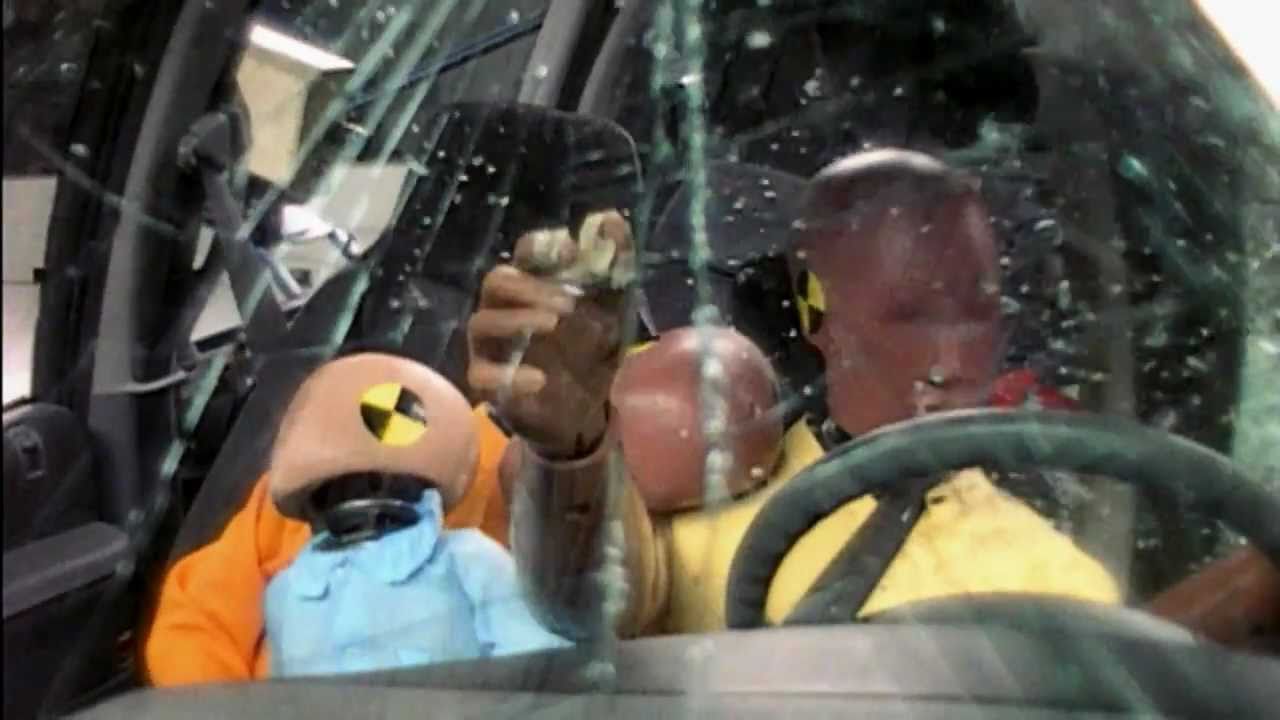THALJA is a bubbly and intelligent two-year old girl. She usually sits alone in the back of her mom’s SUV as she joins her driving around Laguna. Though traveling mostly in provincial roads, a little girl in a large space unrestrained, is extremely dangerous even at low speeds.
Sudden braking can hurl the 15-kilo Thalja into the windshield, or towards the dashboard. Even the low-speed turns in the curbs of Cavinti or Caliraya can upset her balance in the car. When not safely but comfortably strapped in a child safety seat, children are most vulnerable, a simple drive can turn into a life-altering road crash.
Last December, the World Health Organization (WHO) urged countries to prioritize child road safety, prompting the Philippines to form a new coalition to tackle this critical issue. The WHO identified road crashes as top killer of children globally. The Global Road Safety Report also mentioned that more than half of the fatalities on roads are pedestrians and motorcycle riders.
According to the Department of Transportation (DOTr), in 2022 alone, there were 5,958 fatalities and 198,576 injuries in road accidents nationwide. And the Philippine Statistics Authority (PSA) reports that at least 1,670 Filipino children die from road crashes every year. This is an average of four children per day.
The MMDA reported nearly 58,000 road crashes in December 2022, or an average of 157 incidents daily. For the first seven months of 2023, The traffic management agency said Metro Manila experienced an average of almost 211 road crashes daily.
Always the most vulnerable in all these road crashes are the children.
In December 2019, a glimmer of hope emerged for children’s safety on Philippine roads with the passage of Republic Act No. 11229, the Child Safety in Motor Vehicles Act. Mandating child restraint systems (CRS) for young passengers, the law promised a shield against the tragic consequences of road accidents. After simmering in the Senate and the House of Representatives it since December 11, 2018 it was officially signed into law on February 22, 2019
That glimmer of hope quickly turned into a splat of darkness as president Duterte’s deferred the implementation of the Child Safety Act almost immediately after signing. The decision to defer the law cited concerns about financial burden on families and the availability of affordable child restraint seats. While these are valid considerations, critics argue that the potential price of inaction – children’s lives – far outweighs these concerns.
“Affordability should never be a concern,” says S. Tamrin road safety advocate who said that many motorists spend hundreds of dollars on audio equipment and things to beautify their vehicles and scoff buying proper child seats that cost maybe half of set of alloy wheels. He also said that compromising the safety of a child is the worst thing a parent can do.
“There are many things that can be done to make child safety equipment affordable and safer, including taxation, sourcing and using globally accepted safety standards,” Tamrin said.
Government subsidies, partnerships with private manufacturers, and awareness campaigns promoting second-hand car seats can bridge the gap for financially constrained families. Additionally, focusing on educating parents about the life-saving benefits of CRS can foster a culture of safety beyond financial considerations.
The delay of the child safety seat law represents a missed opportunity to prioritize children’s lives on Philippine roads. While addressing affordability concerns is crucial, we cannot afford to lose sight of the human cost of inaction. By implementing the law with practical solutions and promoting public awareness, we can create a future where every child’s journey is a safe one.





